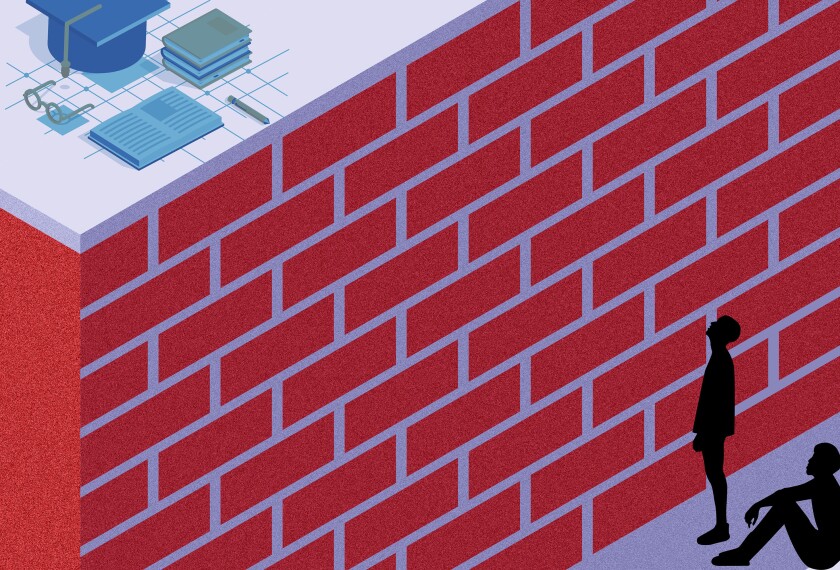Testing is about more than just knowing the content. Illness, weariness, anxiety, and boredom can all distract students and undercut their performance on tests. A new study suggests proper timing can make a big difference in whether students accurately show what they know and can do.
Formative assessments can be more important in guiding instruction than high-stakes standardized tests.
“In the case of low-stakes assessments, I would recommend testing in the morning,” said Megan Kuhfeld, a senior research scientist for the Collaborative for Student Growth at the testing group NWEA and the study author. “In lunchtime and early afternoon, there does seem to be a slump.”
Kuhfeld and other researchers from the assessment group NWEA tracked students’ distraction during testing on a commonly used adaptive benchmarking test. First, they gauged how frequently students simply guessed at answers by looking at how quickly students completed each question and how that pace changed over the course of the test. Second, they scored the first and second half of the tests separately, to measure how sharply performance dropped toward the end of the test.
Students were deemed “disengaged” if the second half of their test performance dropped significantly from their first half, or if 10 percent or more of their questions had been answered too quickly for the student to have read and understood what was being asked.
Researchers marked the start time for more than a half million of the computer-adaptive MAP Growth assessments in reading and math taken by students in grades 2-8. Each test ran about 45 minutes to an hour, and schools administered about two-thirds of the tests studied in the morning.
Kuhfeld and her colleagues found students whose tests started at 7 a.m. guessed at less than 3 percent of questions on average. By contrast, rapid guessing rose sharply after noon, and students whose math tests started at 1 p.m. guessed at 8.5 percent of questions, nearly triple the guessing rate of morning tests, “which would also indicate that they’re probably not giving their full effort for the latter half of the test,” Kuhfeld said. Rapid guessing also nearly doubled in reading, from 8.5 percent for 7 a.m. tests to 15.5 percent for 1 p.m. tests.
The pattern held for students across achievement levels, though the lowest-achievement students were the most likely to become disengaged during a test. Overall performance declines held steady across testing times, with students’ performance dropping about 3 percent in math and 4 percent in reading over the course of the test.
Students in middle school grades were more likely to disengage during tests than students in early grades, regardless of the time of day. But “younger kids’ context matters more,” Kuhfeld said, “in that the more tired they are, the more they’re going to disengage. Younger kids would be more likely to give their full effort if being tested at a time that is well suited for them.”
Many elementary schools, such as Tillford Elementary in Vinton, Iowa, already schedule the most academically strenuous classes—like a long literacy block—first thing in the morning.
Boys also had higher disengagement than girls, and students were slightly more likely to remain focused during math than reading tests.
It’s not clear, however, whether students’ attention is more related to the overall time students have been in school or the time of day. For example, while this study looked only at elementary and middle schools, prior studies have found high school students’ test performance can improve when their schools start later in the morning—in keeping with adolescents’ later circadian cycles.
Kuhfeld said future studies will control for the amount of time students have been in school as well as the test start time; for example, the difference between a student starting a test at 8:30 when their school starts at 8 a.m. or 7 a.m.
If educators do need to assess students after lunch, incorporating brief stretches or other cognitive breaks may help return students’ focus.







